-
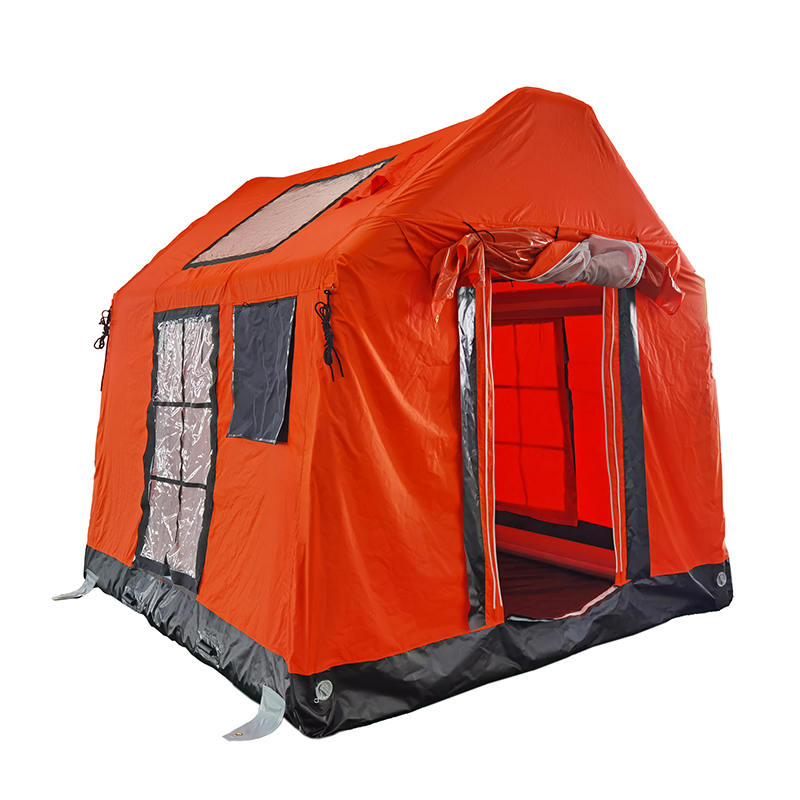 2-4 Person Four Season Glamour Inflatable Camping Tent
2-4 Person Four Season Glamour Inflatable Camping TentInflatable Camping Tent
-
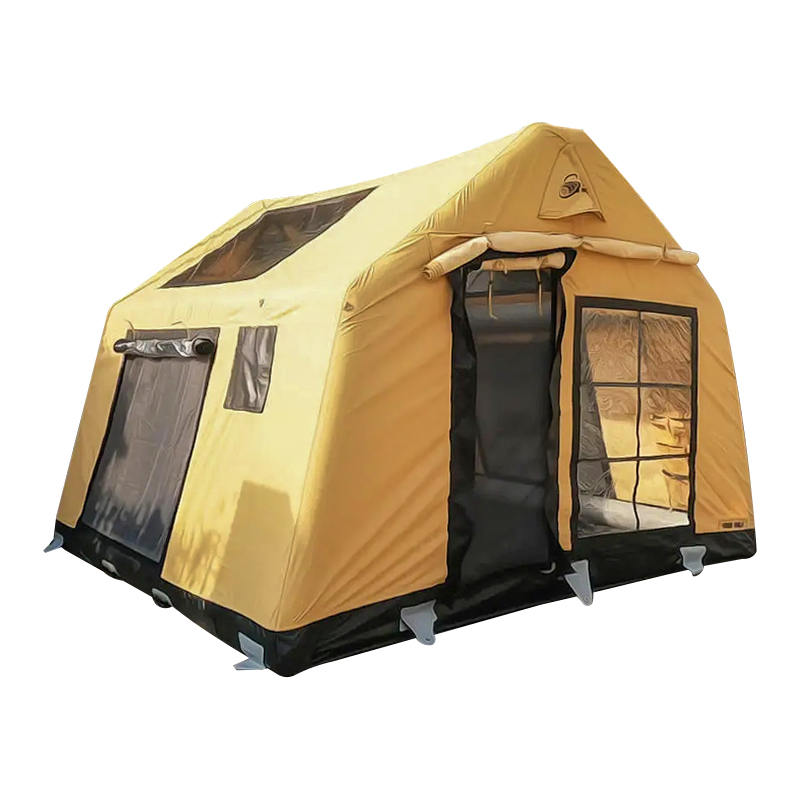 8-10 Person Four Season Glamour Fireproof and Anti-Bacterial Inflatable Camping Tent
8-10 Person Four Season Glamour Fireproof and Anti-Bacterial Inflatable Camping TentInflatable Camping Tent
-
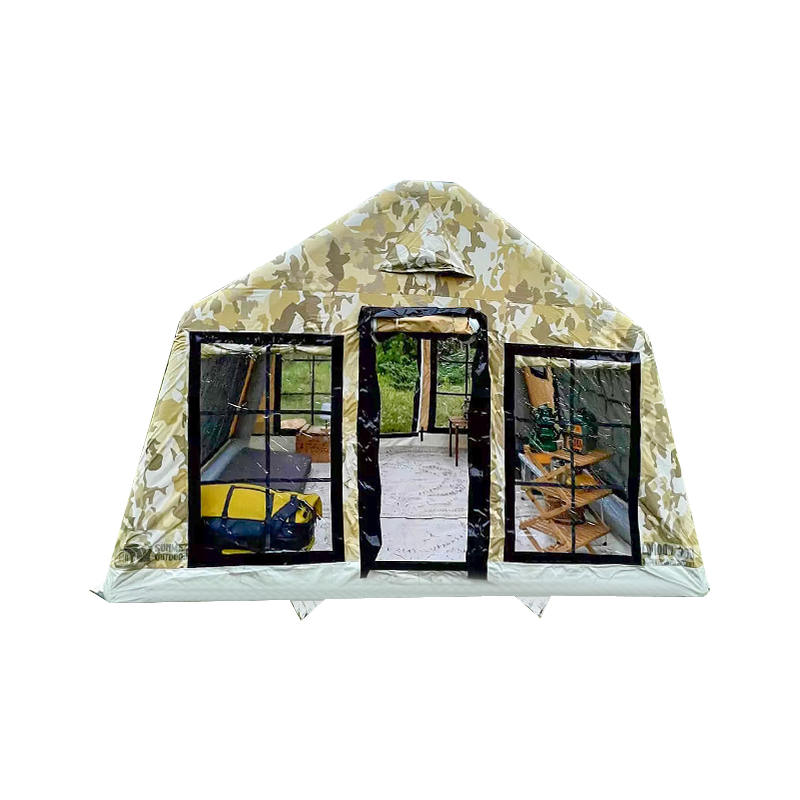 8-10 Person Four Season Panorama Inflatable Camping Tent
8-10 Person Four Season Panorama Inflatable Camping TentInflatable Camping Tent
-
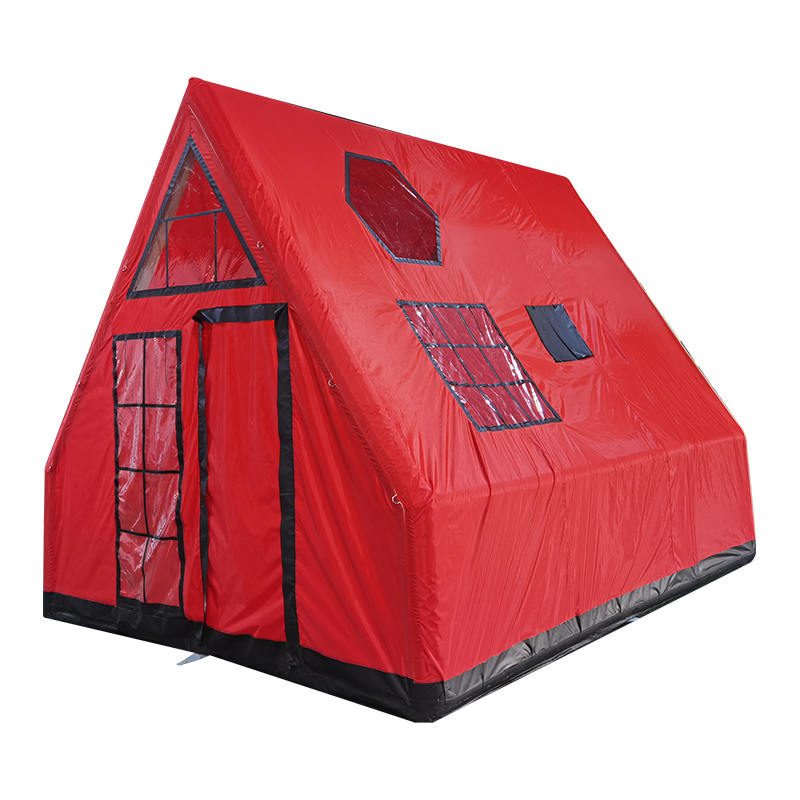 8-10 Person Four Season Waterproof Inflatable Air Tent for Camping
8-10 Person Four Season Waterproof Inflatable Air Tent for CampingInflatable Camping Tent
-
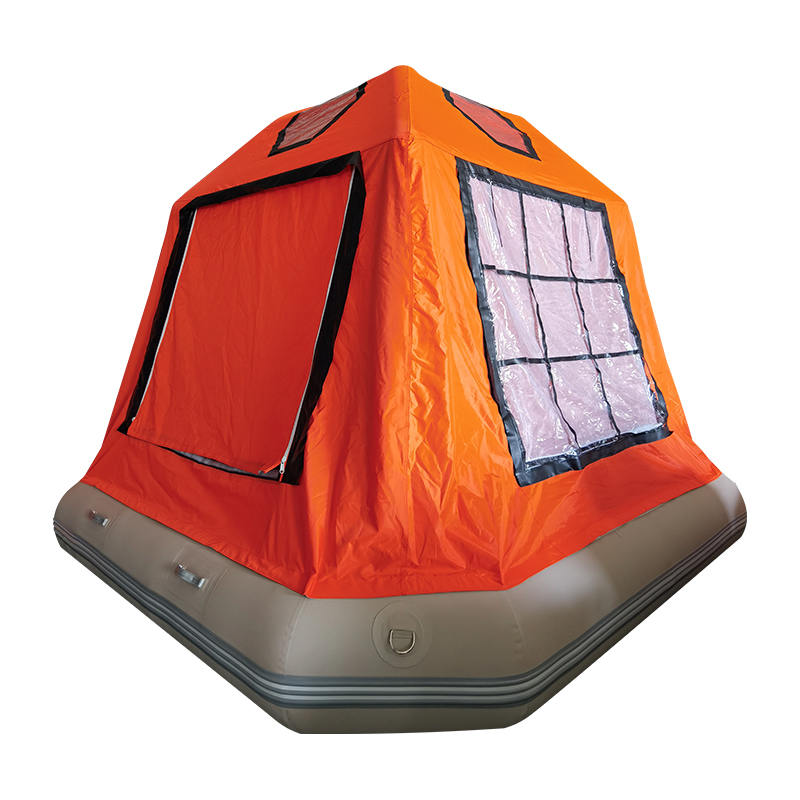 4 Person Floating Inflatable Tent
4 Person Floating Inflatable TentInflatable Camping Tent
Inflatable Camping Tent Manufacturers
Products & Solutions
CONTACT US
-

+86 15695147631
-

-

No.9 Kangmin Road, Automobile industry Park, Yizheng City, Jiangsu Province, China
Inflatable tent is also known as air tent, blow up tent or air tube tent, An inflatable tent is the easier, quicker and hassle-free way to enjoy camping holidays.
They are a fairly recent development in the camping world and they’re taking the campsite by storm. This is because they are so much faster to pitch than a standard poled tent. It takes just seconds to set up an inflatable tent, which means more time for you to enjoy your holiday!
Our innovative air tents use inflatable air tube instead of steel or fibre-glass poles. To pitch, pump up the inflatable tent for a few seconds until the air frame becomes rigid and secure. Then all that’s left to do is peg down tent and guy lines.
The whole pitching process is over in minutes, even for large 7+ person family air tents. So you have more time to enjoy your holiday and relax. Our spacious inflatable air tents are an ideal choice for anyone who wants a fuss-free camping holiday. They are perfect for those who may have had problems with tent pitching or poled tents in the past. Plus, are a brilliant choice for solo campers and single parent family camping trips as our inflatable tents can be pitched by one person. This means that these are not self-erecting tents, but you will need very little effort to erect an air tent.
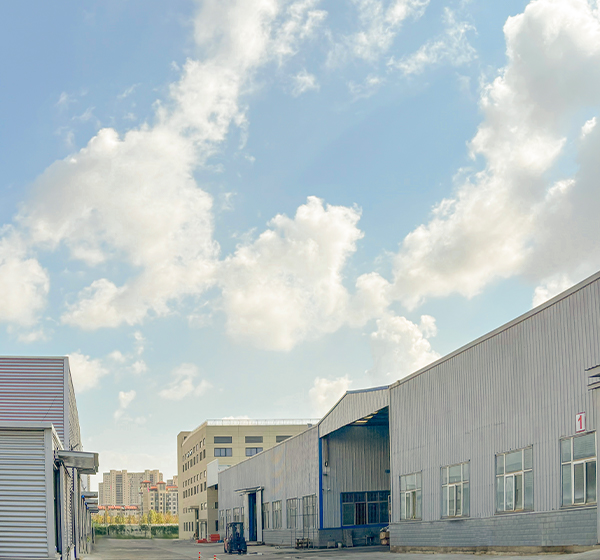
-
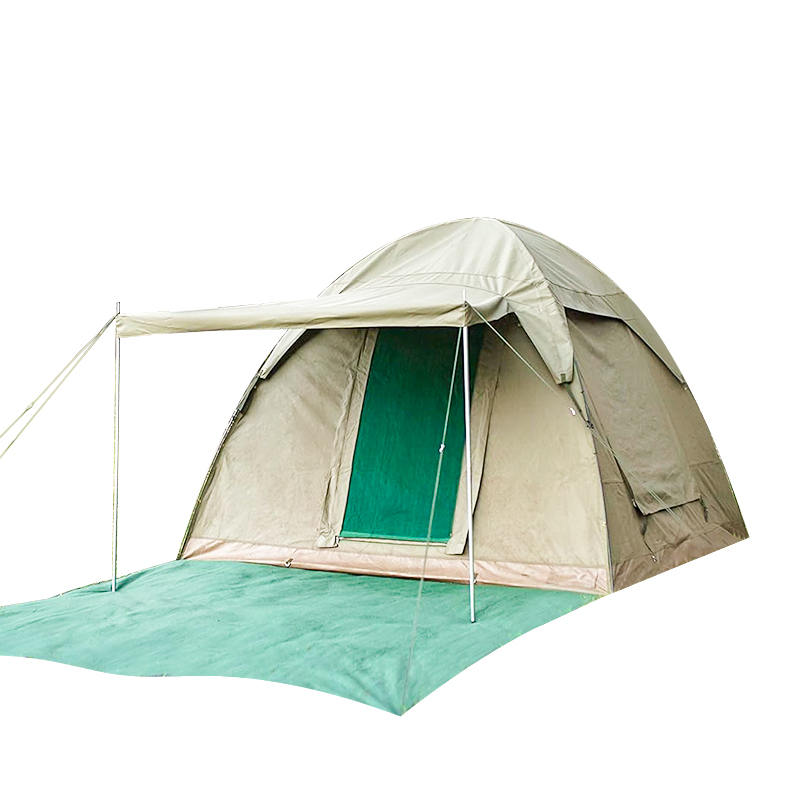
What Do Waterproof Ratings for Camping Backpacking Tents Actually Mean? Waterproof ratings (measured in millimeters, mm) quantify a tent’s ability to resist water penetration, based on standardized hydrostatic head testing. The rating represents the height of a water column the t...
READ MORE -
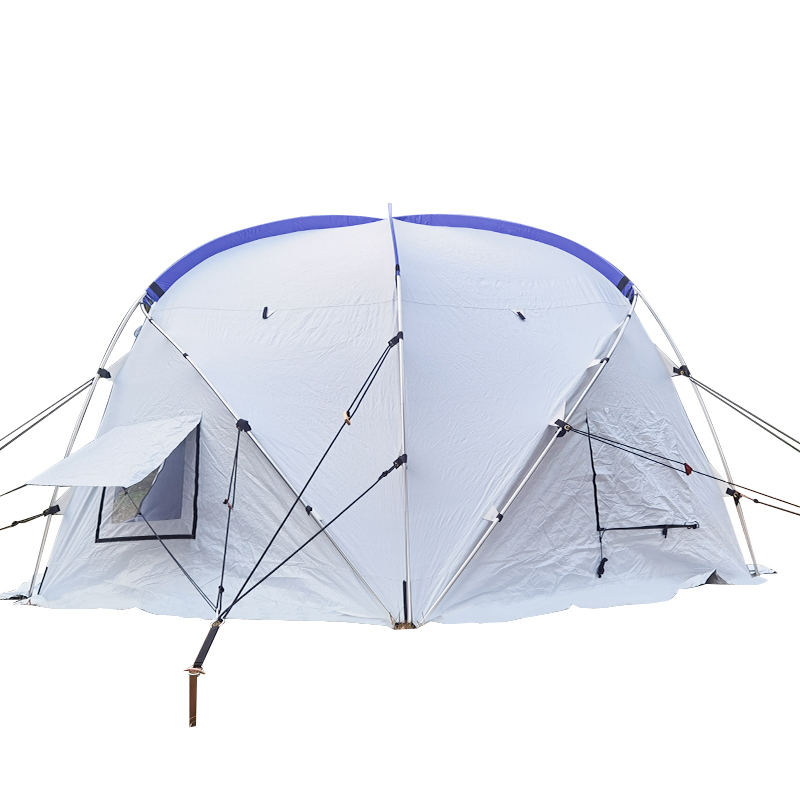
What core fabrics lay the foundation for windproof and waterproof relief tent? The windproof and waterproof performance of relief tent starts with the selection of core fabrics, which must withstand harsh natural conditions such as strong winds, heavy rains, and even hailstorms i...
READ MORE -
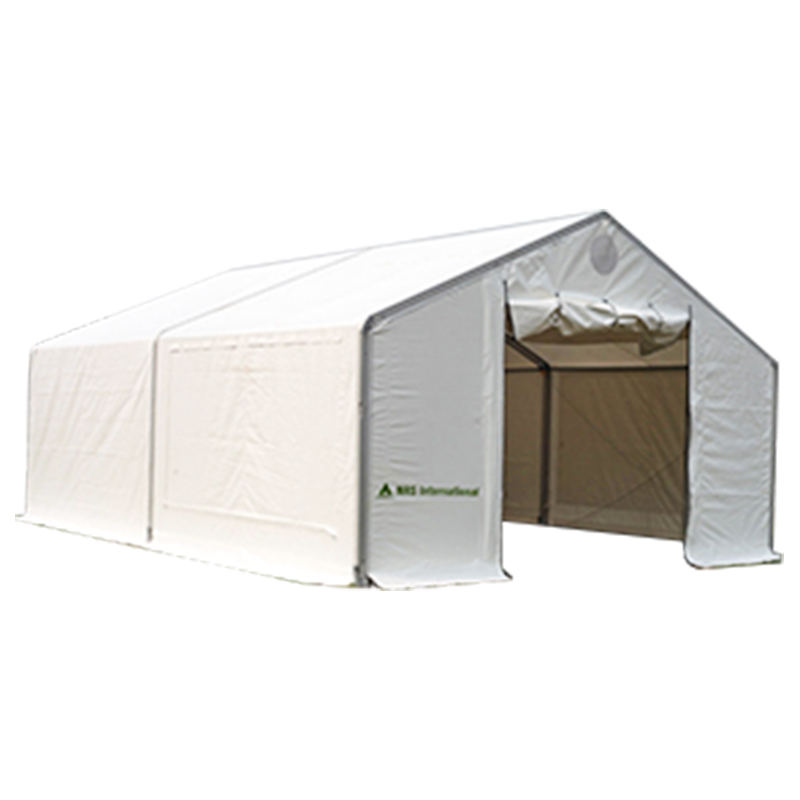
What Cost Advantages Make Warehouse Tents More Economical Than Traditional Warehouses? The core appeal of warehouse tents lies in their significant cost savings, which can reach up to 50% compared to traditional brick-and-mortar warehouses. First, the construction cost is far low...
READ MORE
I. Inflatable Camping Tents, with their inflatable structure at their core, offer unique advantages over traditional frame-type tents for family camping and parent-child camping, enhancing the camping experience.
Compared to traditional frame-type tents, the core advantages of inflatable camping tents lie in ease of setup, comfortable space, and family-friendliness. For family camping, which may include elderly or children, inflatable tents eliminate the need for laborious metal frame assembly. Using an electric or manual air pump, one or two people can quickly inflate the tent, reducing the physical exertion during camping preparations. Free from the constraints of a rigid frame, inflatable tents offer a more spacious interior, free from pillars, making it easy to store sleeping bags, folding tables and chairs, and other equipment. Adults can also easily stand inside the tent, enhancing comfort. For parent-child camping, the inflation process is fun and engaging, allowing children to participate and enhance the interactive nature of the camping experience. Furthermore, the soft, inflatable tent has no sharp edges, reducing the risk of collision and injury, making it more suitable for family camping safety requirements.
II. Inflatable camping tents need to withstand wind, rain, insects, and nighttime temperature drops during camping. What protective features should their inflatable structure and fabric design offer to ensure safe and comfortable camping?
To cope with the diverse environmental challenges of camping, inflatable camping tents must optimize both structural protection and fabric performance. Regarding the inflatable structure, a multi-chamber design with independent inflation ensures that even if a single chamber is accidentally damaged, the remaining chambers maintain air pressure, preventing the entire tent from collapsing. Thickened airbags can be designed in key areas (such as the bottom and corners) to enhance wind resistance and prevent deformation caused by strong winds. Furthermore, the inflation valve must be leak-proof to ensure stable air pressure during extended nighttime use. Fabrics should be waterproof and wear-resistant, with a waterproof coating to prevent leakage during sudden rainfall. Doors and windows should be equipped with fine mesh to effectively block mosquitoes, and the mesh can be opened and closed independently of the waterproof curtain, ensuring both ventilation and rain protection. When temperatures drop at night, some tents can be equipped with removable insulation liners to enhance warmth and prevent campers from catching a cold. The synergistic protection of structure and fabric ensures both safety and comfort.
III.Family camping often involves carrying a large amount of gear. What features should an inflatable camping tent have in terms of storage volume and weight to ensure easy transportation and portability without adding to the burden?
To meet the gear transportation needs of family camping, the storage design of an inflatable camping tent should focus on "lightweight" and "compactness." Weight should be within a family's reach to avoid excessive weight that makes transport difficult. Single-person models are typically lightweight, while models for multiple families can be optimized with fabrics and inflatable structures to maintain strength while reducing weight. When deflated and folded, the tent should be compact enough to fit easily in a car trunk or even a large backpack, minimizing storage space. Compared to traditional frame tents, its storage volume can be reduced by more than half, making it convenient for families to carry by car, on foot, or anywhere else. Furthermore, the tent can come with a dedicated storage bag with handles or shoulder straps for easy transport by one person. Clear instructions should be included on the bag to facilitate quick organization and reduce the burden of gear on camping trips.
IV. inflatable camping tents need to accommodate multiple people (e.g., families of 3-4) and diverse needs (such as rest, storage, and children's play). How can their interior design balance multifunctionality and space utilization?
To address the diverse space requirements of family camping, interior design needs to improve utilization through flexible partitioning and detailed optimization. Regarding space zoning, a "main rest area + auxiliary function area" layout can be adopted. The main rest area can accommodate multiple sleeping bags or inflatable mattresses for sleeping needs. The auxiliary function area can be separated by a removable curtain and used as a children's play area or storage area. The play area is covered with soft mats, and the storage area features wall-mounted storage bags for clothing, snacks, camping tools, and other items to prevent items from being scattered. Some models also feature an external inflatable vestibule for storing easily soiled items such as shoes and cooking utensils, keeping the tent clean and tidy. Regarding detailed improvements, hooks can be built into the interior walls of the tent for hanging camping lights and small fans. A ventilation skylight is provided at the top to ensure both light and air circulation. The floor is made of non-slip and moisture-proof fabric to prevent family members from slipping. This multifunctional design allows a limited space to meet the diverse needs of family camping.
V. Camping may encounter problems such as air pump failure and minor fabric damage. What simple tools and emergency plans should be included with the inflatable camping tent to allow non-professionals to quickly resolve them?
To address unexpected camping issues, a "quick repair and emergency tool kit" is required. In the event of an air pump failure, the kit should include a manual air pump (as a backup) to ensure the tent can be used manually even if the electric air pump is out of power or damaged. A spare air valve seal should also be provided to prevent leaks and pressure loss. For minor fabric damage, the kit should include a patch sheet that matches the fabric and waterproof glue. The patch sheet can be pre-cut to different sizes. Repairs require no specialized skills, requiring only cleaning the damaged surface, applying glue, and attaching the patch. Furthermore, the kit should include a simple repair manual with pictorial instructions to ensure that non-professionals can quickly resolve the problem without compromising the camping experience.
VI.An inflatable camping tent needs to be suitable for camping in different seasons (e.g., spring outings, summer escapes, autumn scenic views). What seasonal adaptability should the design offer to eliminate the need for frequent tent changes?
To ensure cross-seasonal use, the design should focus on "adjustability" and "material adaptability." Spring outings are often rainy, so tents need to be waterproof and ventilated. This can be achieved with a removable waterproof canopy and multiple mesh doors and windows. The canopy can be closed on rainy days for protection, and opened on sunny days for ventilation. Summer heat relief requires enhanced heat dissipation, so tent fabrics should be lightweight and breathable. Openable side windows and skylights can facilitate air circulation and lower the temperature inside the tent. Some tents also feature awnings to further block direct sunlight. In autumn, when the temperature swings between day and night are significant, tents can be equipped with removable insulation layers. These layers can be added at night for increased warmth and removed during the day to maintain ventilation. Furthermore, the fabric must be UV-resistant to prevent aging caused by excessive sunlight during summer or high-altitude camping. By adapting to seasonal conditions, a single tent can meet the needs of camping in multiple seasons.
VII. What advantages does Yangzhou Mailenda Outdoor Products Co., Ltd. offer in the production and quality assurance of inflatable camping tents, enabling it to provide products that meet the needs of family camping?
As a company with over 20 years of experience in the outdoor products industry, Yangzhou Mailenda Outdoor Products Co., Ltd. offers comprehensive guarantees for the production and quality of its inflatable camping tents. On the production side, the company utilizes advanced equipment such as automatic cutting machines, high-frequency welding machines, and hot air seam sealing machines. These machines precisely control key processes, such as fabric cutting and airbag welding, ensuring the airtightness and durability of the inflatable structure and preventing air leaks during use. Furthermore, the company is familiar with the properties of various camping tent fabrics, including PE, PVC, and TPU, and can select environmentally friendly, wear-resistant, and waterproof fabrics tailored to family camping needs, ensuring product safety and longevity. For quality control, a rigorous factory inspection process is in place, with each tent undergoing inflation, waterproofing, and fabric strength testing to ensure it meets camping standards. Furthermore, the company offers customized services tailored to specific family camping needs, such as multi-person space and family-friendly designs. Leveraging its extensive experience in outdoor product production, Mailenda provides families with safe, comfortable, and durable inflatable camping tents suitable for a variety of camping scenarios.


 English
English 中文简体
中文简体 Español
Español 日本語
日本語 русский
русский عربى
عربى


